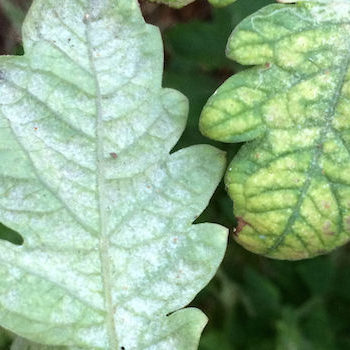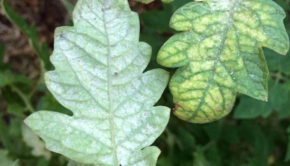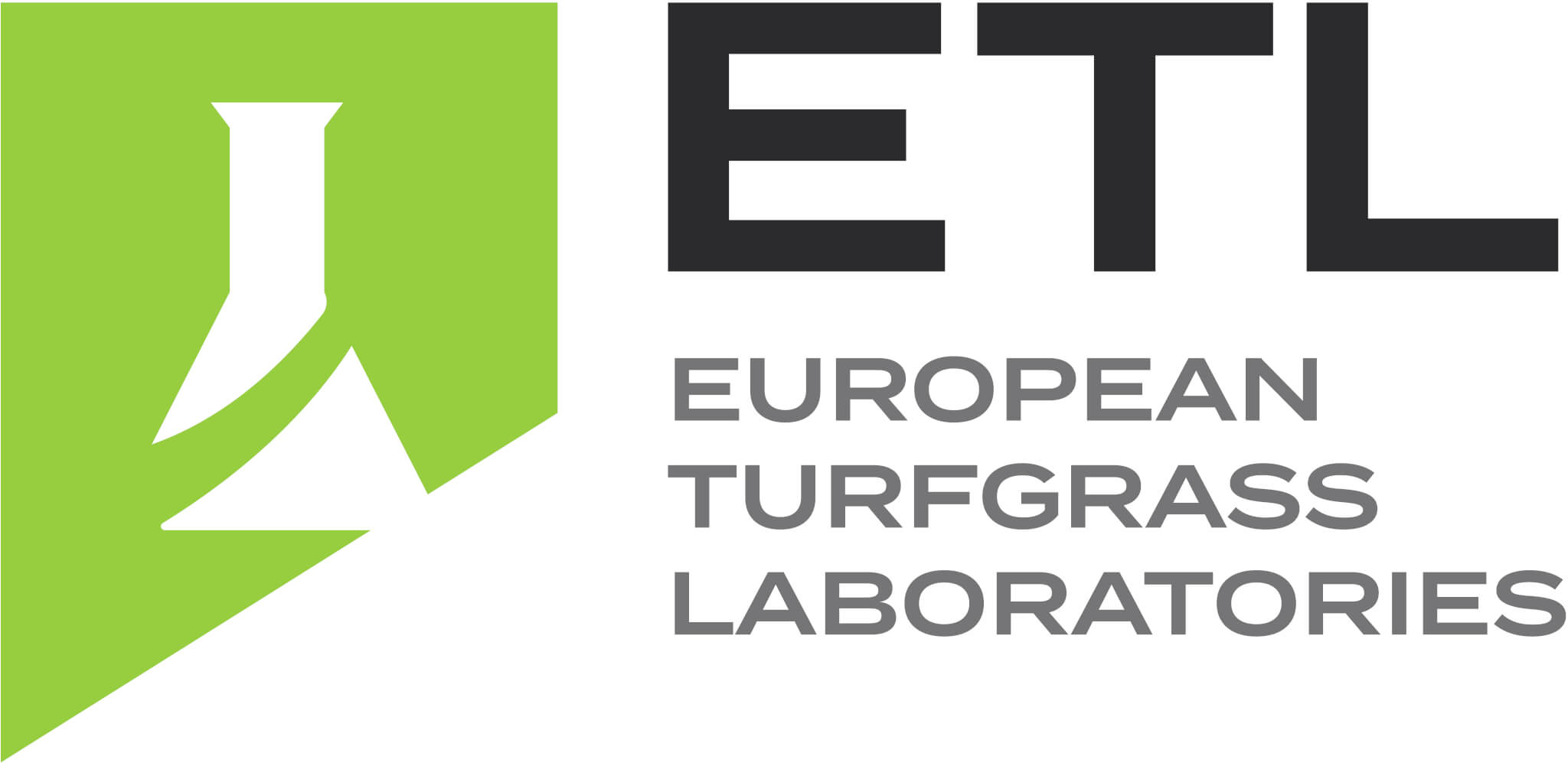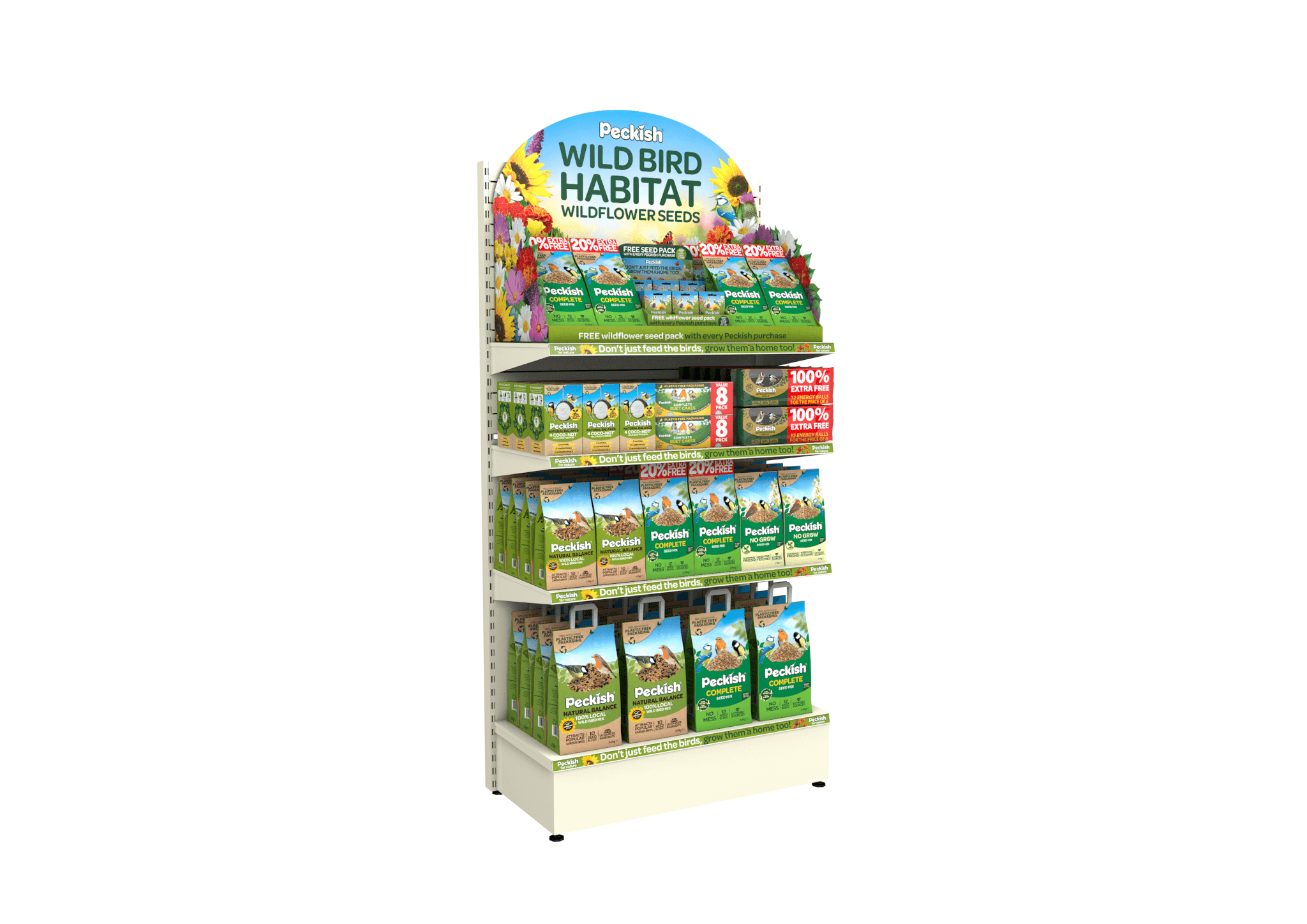BIO-UPDATE: RED SPIDER MITES

Neil Helyer of Fargo outlines the impact outlines the impact that red spider mites have on crops and how growers can combat them.
30 June 2016
The red or two-spotted spider mite is a major pest of almost all protected and some outdoor crops. At this time of year as environmental conditions are at their hottest and driest, populations of the pest can develop quickly and cause significant damage.
Spider mites feed on the contents of plant cells causing mottling, discolouration and eventually stunting of growth. Heavy infestations often result in the creation of webbing around foliage, flowers and fruits.
When infestations can be caught early, then the introduction of biological predators can be extremely effective. When damage is already significant and webbing is seen then it is recommended that a suitable pesticide spray is used to knock the population down before biocontrols are introduced.
Phytoseiulus persimilis
A highly effective curative predator that attacks all stages of spider mite.
CROPS: Phytoseiulus can be used on any protected crop, edible or ornamental and can also be effective on outdoor soft fruit in the summer period.
USAGE: Release 10 mites per m2. In low humidity conditions use 20 mites per m2. 1 tube contains 2000 mites and treats up to 200 m2.
NOTES: Phytoseiulus should be used as a curative treatment at the first sign of the pest. It will not establish as a preventative. Can be introduced across the whole crop or used as a spot treatment for localised infestations.
Amblyseius californicus
A preventative treatment for use in hot dry conditions. Used under license in glasshouses only.
TARGETPEST:ControlsTwo-Spotted Spider Mite and Fruit Tree Spider Mite .
USAGE: Release 10 mites per m2 at 2-3 weekly intervals. 1 bottle contains 2000 mites and treats up to 200 m2.
Amblyseius andersoni
A preventative treatment for use in all conditions, indoors and outdoors.
TARGET PEST: All common Spider Mites and Thrips.
USAGE: Gemini slow release sachets are active for a 6-week period. Hang sachets on plants or wires amongst the crop where emerging predators will have a chance to disperse. Hang sachets at a rate of 1 per m2. 1 pack contains 100 sachets and treats up to 100 m2.
NOTES: A. andersoni can survive in the absence of spider mite prey and must be introduced preventatively.
Other IPM Options
The following products are effective against spider mites and are IPM compatible when used as instructed in the product manuals and technical notes available from NAD who are Fargro distributors in Ireland.
SB Plant Invigorator
A contact acting product which is effective against most foliar pests. Does not require a spraying certificate to use.
Contains: Physical control surfactants
Rate of use: 1ml / litre
No PCS No. needed
Naturalis-L
A broad spectrum bioinsecticide with activity against mites, whitefly and thrips. Compatible with biological controls.
Contains: Beauveria bassiana ATCC 74040
Rate of use: Recommended at 1.5l/ha
PCS No.: 04187
Dynamec
A contact and translaminar product with activity against mites, leafminers and thrips.
Contains: abamectin
Rate of use: 25ml / 100 litre (spider mites), 50ml / 100litre (thrips and leafminer)
PCS No.: 05553



 Print
Print









Fans 0
Followers